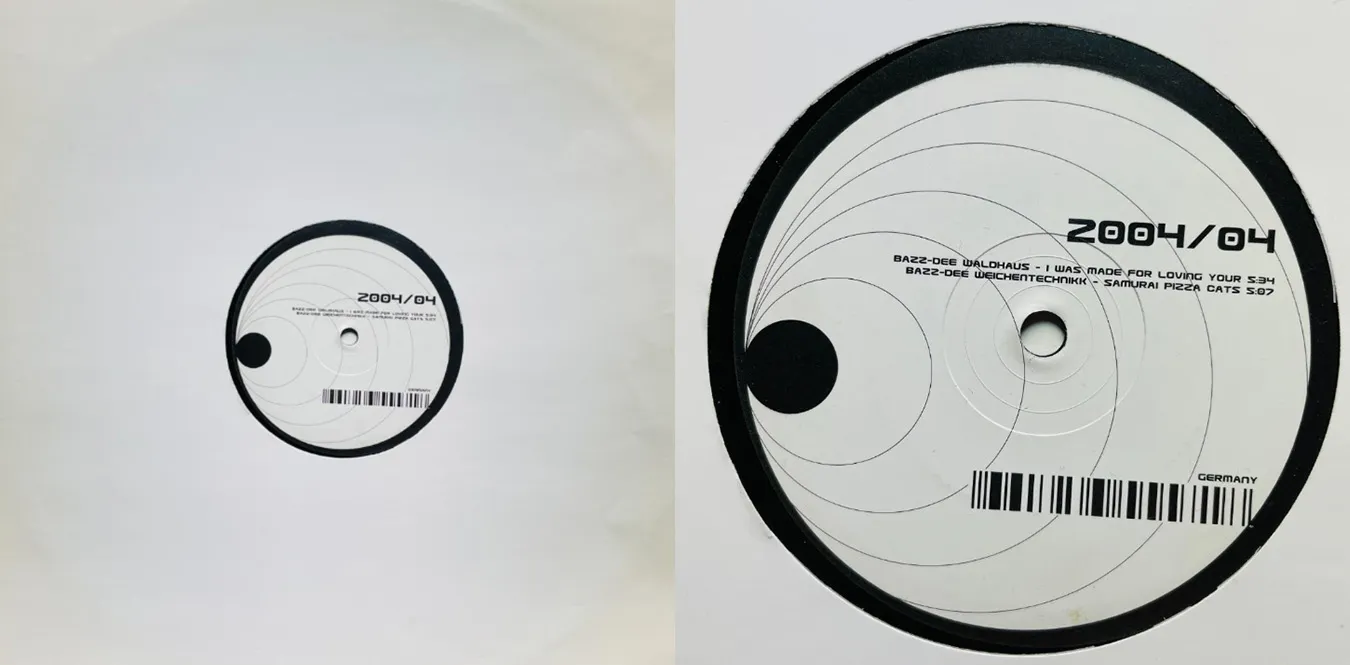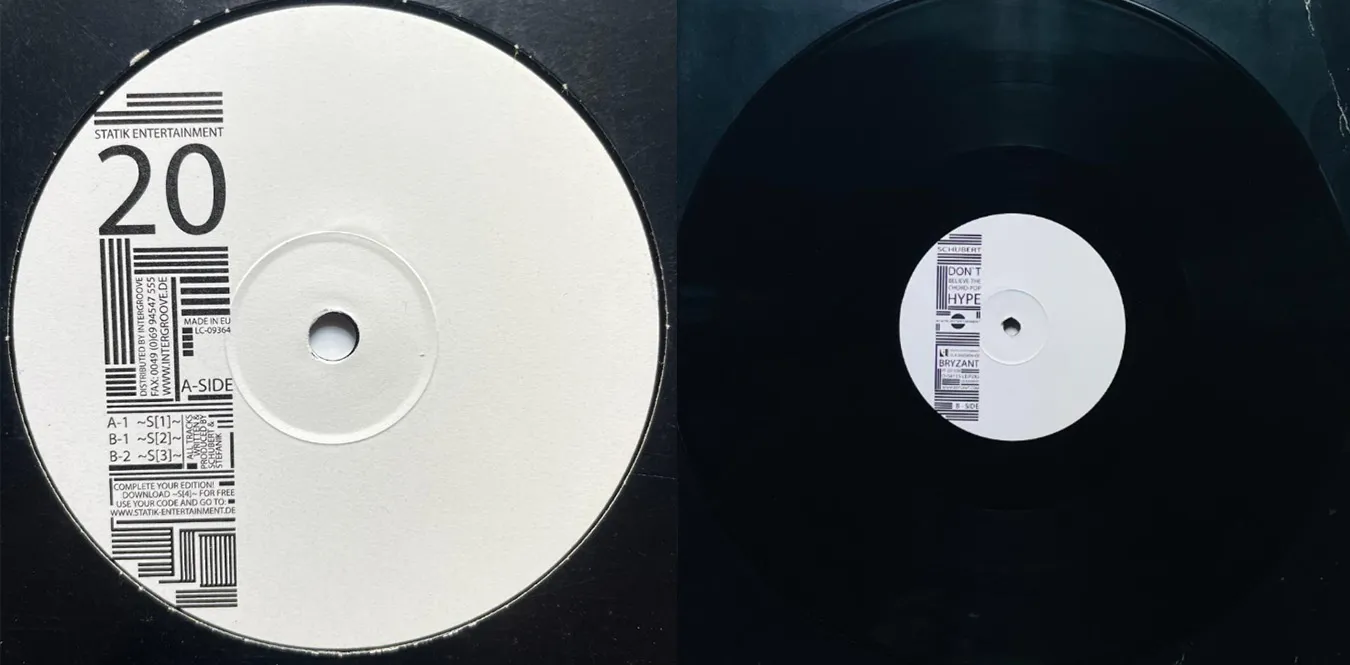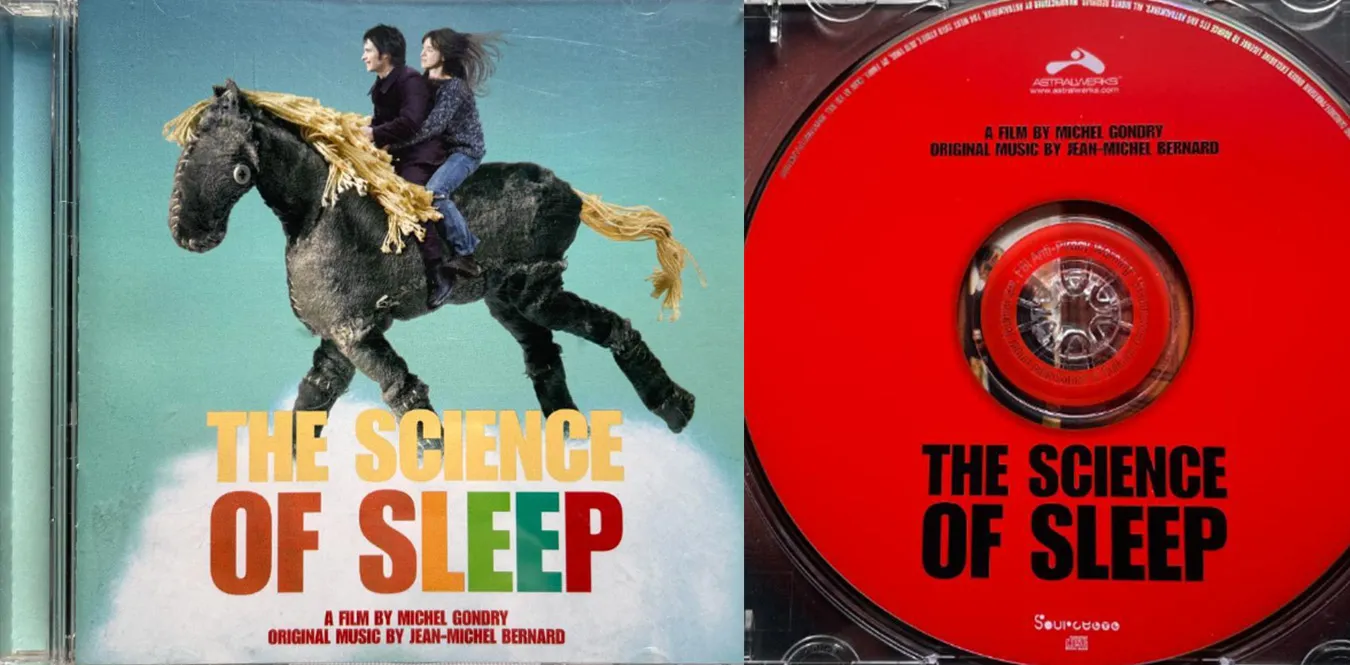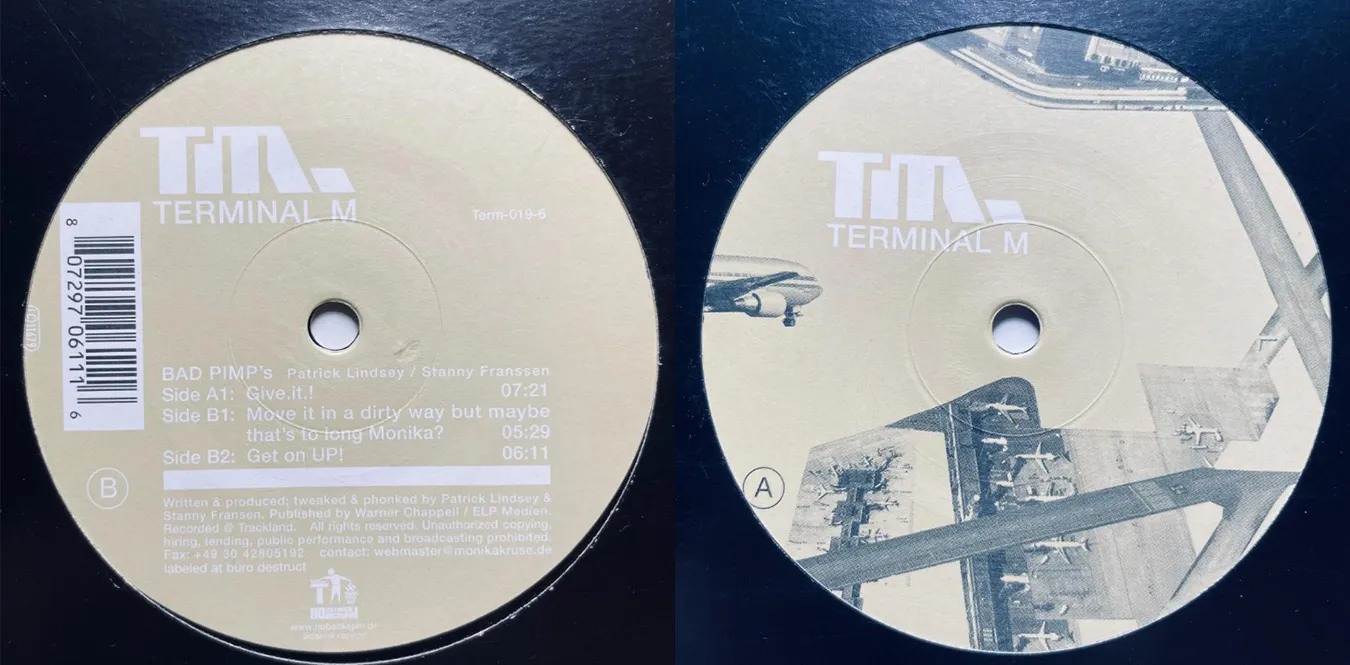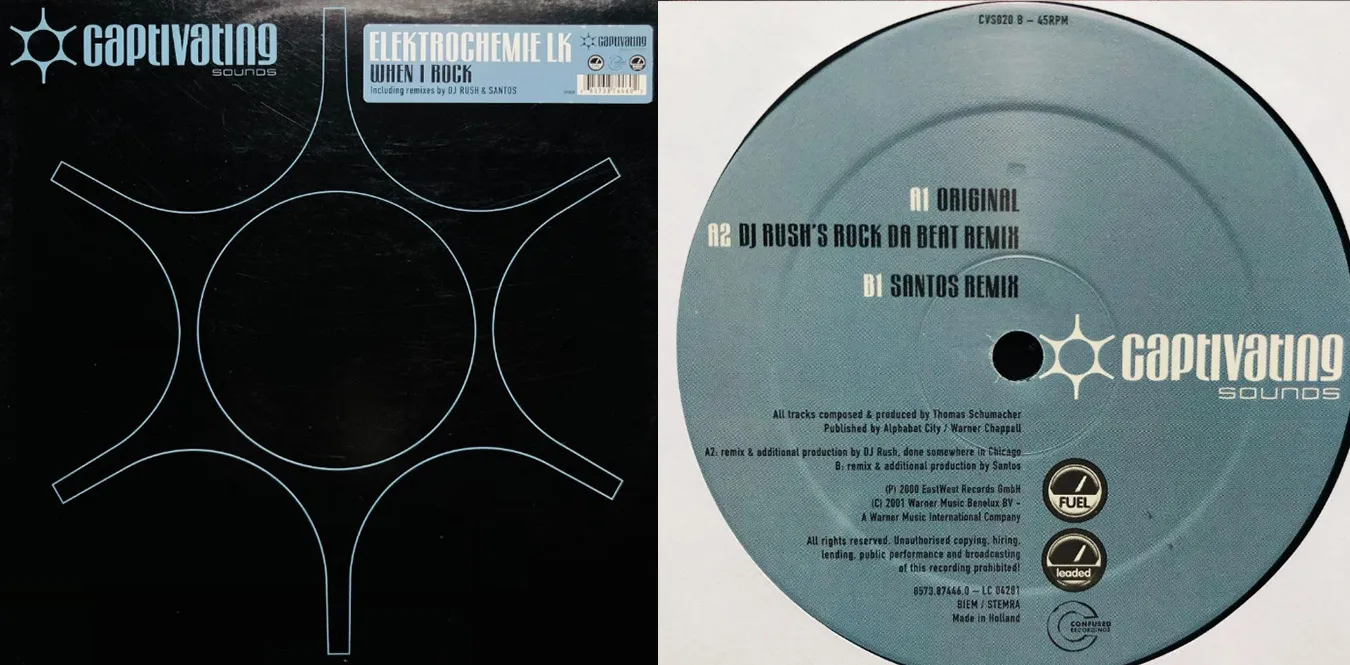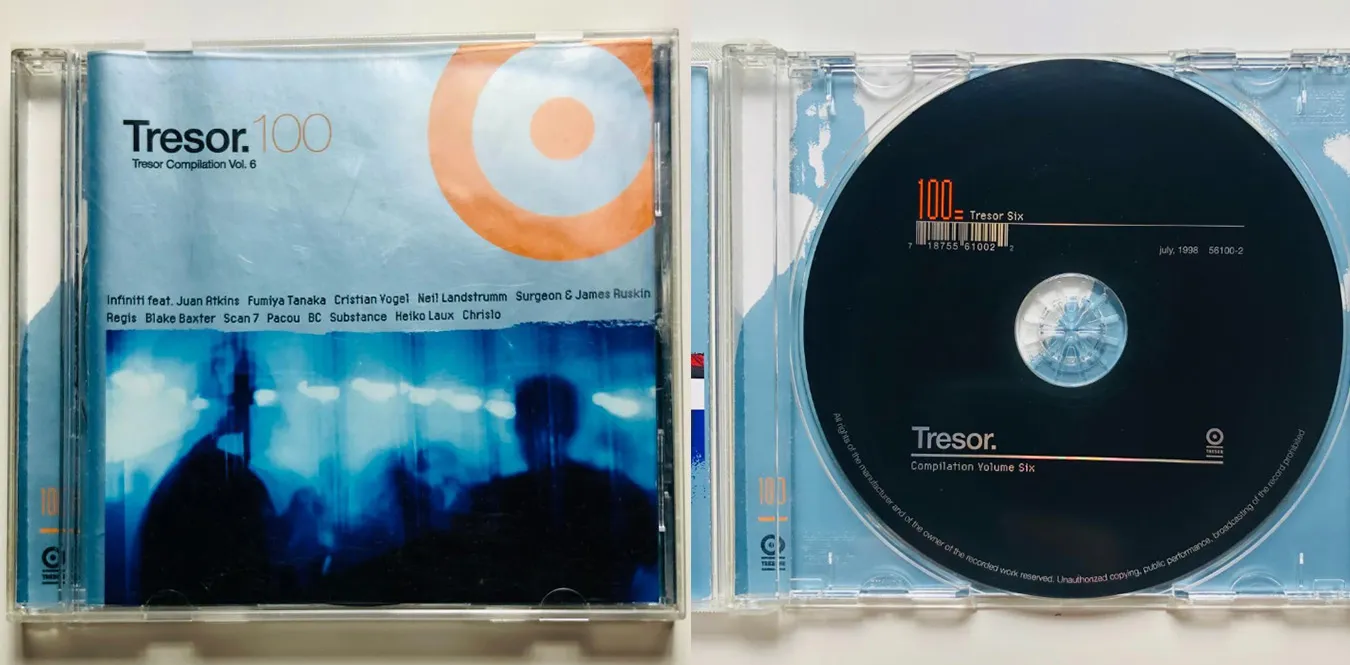[Column] Four Germanys, four technos — wall reverberations and minimalist philosophy
Column en German Techno Rave Techno![[Column] Four Germanys, four technos — wall reverberations and minimalist philosophy](/../assets/images/column-german-techno-areas.webp)
Prologue It all started on the night the Berlin Wall fell
| Text: mmr | Theme: If you look at Germany by dividing it into four metropolitan areas, you will see that techno is not just music, but a ““cultural map’’ that echoes memories of geography and history. |
November 1989. On the other side of the crumbling concrete, someone brought out a speaker and blasted a beat. At that moment, the country of Germany began rhythmic reconstruction before ““reunification.’’ Abandoned factories, empty warehouses, underground tunnels—the sounds flowing there are not copies of the British and American sounds. “Made after the Wall”. It was not music for crossing borders, but music that was born on the site of the border.
Chapter 1 Berlin: From ruins to clubs - the capital of “post-Detroit”
1-1. A kick echoed at the ruins of the wall
Tresor, E-Werk, and later the global icon Berghain. Berlin’s techno was both an admiration for Detroit and an urban renewal project. The rigid rhythms of Jeff Mills and Underground Resistance became a voice for freedom in a city still under the shadow of socialism.
“In this town, sound is politics.” — Dimitri Hegemann (Founder of Tresor)
1-2. The birth of minimalism and the “aesthetics of construction”
Basic Channel, Chain Reaction, Raster-Noton. Shape the sound, build it, and dominate the space. Berlin minimalism, which looks at the richness of “nothing,” resonates with the ideas of architecture and design. Acoustics will not be the walls, but the air structure.
1-3. How Berlin became the techno capital of the world
In the late 1990s, artists from all over the world moved to this city. Richie Hawtin, Ellen Allien, Ben Klock. Berlin has become a republic of sounds rather than a nation. A city where techno is a profession, a life, and a religion. As long as the sound continues, this city will never sleep.
Chapter 2 Düsseldorf-Cologne: Electronic sound laboratory
2-1. The shadow and successors of Kraftwerk
Another DNA flows in the Rhine River basin. This is the idea of ”“harmony between humans and machines’’ created by Kraftwerk. NEU!, La Düsseldorf, Cluster—’70s electro experiments laid the groundwork for later techno.
2-2. Kompakt and the genealogy of minimal pop
In the 1990s, the Kompakt label, which emerged from Cologne, presented a ““soft techno’’ that was different from the rigidity of Berlin. Wolfgang Voigt’s Gas depicts low frequencies floating in a foggy forest. It was the moment when minimalism acquired emotion and poetry.
“For me, techno is a landscape painting.” — Wolfgang Voigt
2-3. Rhine River Electronic Music Culture Area
Köln doesn’t differentiate between clubs and museums. Electronic sounds are “culture” itself, the breathing rhythm of city life. There is an extension of German Romanticism, where reason and dream coexist.
Chapter 3 Frankfurt: The melting pot of industrial and rave
3-1. “Sound of Frankfurt” explosion
If Berlin is philosophy, Frankfurt is festival. Sven Väth, Eye Q, Harthouse—this is where the ““rave”’ craze was born in the early “90s. A metallic trance beat lights up the night of an industrial city.
3-2. Urban and industrial groove
Finance and labor, warehouses and chimneys. The techno in this city is the machine breathing of an industrial area. The sound pressure in the basement of the Dorian Gray club was both a social reaction and a catharsis.
3-3. Where did Frankfurt’s genes go?
Cocoon, Ibiza, festival culture. The origin of all this lies in the Frankfurt rave of the 1990s. Europe before EDM started here. Techno was a prayer, another heartbeat beating behind the economy.
Chapter 4 Hamburg-Leipzig: Resistance from the frontier
4-1. Hamburg, the experimental city of the north
Dial Records, Pantha du Prince, Lawrence. Northern techno is full of solitude and poetry. An introspective melancholy, the opposite of the glittering Berlin. Not ““music for dancing” but ““beats for thinking.”
4-2. Local scene in eastern Leipzig
The DIY spirit that has continued since the East German era is alive and well in the basement of this city. Turning an abandoned building into a club and producing sound using a homemade system. What exists there is techno as a community, unrelated to commercialization. For them, music is both political and everyday.
4-3. Significance of “non-centered techno”
It’s easy to deify Berlin. But the true diversity of German techno lies in the resistance of the periphery. The slowness of time and the analog feel of the countryside. This reflects the future sound of techno.
Chapter 5 Rhythm map connecting the four Germanys
5-1. German techno as “multipolarization” rather than “unification”
In the 21st century, techno is no longer a singular urban culture. The functional beauty of Berlin, the poetry of Cologne, the enthusiasm of Frankfurt, the community of Leipzig. Each rhythm intersects, creating a multipolar sonic map of Germany.
5-2. The future of German minimalism
A return to hardware and a rediscovery of modular synths. It”s not just nostalgia, it”s a return to hand-based techno. German techno continues to tune cities and bodies.
Final chapter “Country” in an infinite loop
Techno is a ““national rhythmic characteristic’’ that remains after crossing national borders. More than 30 years have passed since the Berlin Wall fell. Germany became a country unified by sound, not politics. And his heart is still beating at a 4/4 beat.
Chronology: The trajectory of German techno
Kraftwerk formed (Düsseldorf)"]:::year n1974["1974
'Autobahn' released — electronic pop revolution"]:::year n1981["1981
D.A.F. "Alles ist gut" — fusion of new wave and electro"]:::year n1989["1989
Berlin Wall falls, Tresor opens"]:::year n1993["1993
Sven Väth's "Accident in Paradise" released (Frankfurt)"]:::year n1996["1996
Basic Channel/Chain Reaction establishes minimal German aesthetics"]:::year n2000["2000
Kompakt opens the era of Cologne minimal"]:::year n2004["2004
Ellen Allien"s "Berlinette" — symbol of Berlin"s new generation"]:::year n2010["2010
Pantha du Prince's "Black Noise"—The maturation of the Northern Melancholy school"]:::year n2020["2020
Modular Reevaluation and Expansion of Live Coding Culture"]:::year title --> n1970 n1970 --> n1974 n1974 --> n1981 n1981 --> n1989 n1989 --> n1993 n1993 --> n1996 n1996 --> n2000 n2000 --> n2004 n2004 --> n2010 n2010 --> n2020
Discography by city
| Region | Artist | Masterpiece | Year | Link |
|---|---|---|---|---|
| Berlin | Basic Channel | Quadrant Dub | 1994 | Amazon |
| Düsseldorf-Cologne | Kraftwerk | Trans-Europe Express | 1977 | Amazon |
| Frankfurt | Sven Väth | Accident in Paradise | 1993 | Amazon |
| Hamburg-Leipzig | Pantha du Prince | Black Noise | 2010 | Amazon |
Correlation chart by city (artist genealogy chart)
(Dimitri Hegemann)"] B2["Basic Channel
(Markus / Moritz)"] B3["Raster-Noton
(Alva Noto)"] B4["Berghain / Ostgut
(Ben Klock, Marcel Dettmann)"] B5["Ellen Allien"] B6["Richie Hawtin
(Immigration/Relationship)"] end %% --- Subgraph: Düsseldorf-Cologne --- subgraph RHINE["DUSSELDORF — KÖLN"] direction TB C1["Kraftwerk"] C2["NEU! / La Düsseldorf"] C3["Cluster"] C4["Kompakt
(Wolfgang Voigt)"] C5["Gas
(Wolfgang Voigt)"] end %% --- Subgraph: Frankfurt --- subgraph FRANKFURT["FRANKFURT"] direction TB F1["Sven Väth"] F2["Eye Q / Harthouse"] F3["Cocoon
(Sven Väth)"] F4["Trance / Rave lineage"] end %% --- Subgraph: Hamburg-Leipzig --- subgraph NORTH["HAMBURG — LEIPZIG"] direction TB H1["Dial Records
(Claudio PRC etc.)"] H2["Pantha du Prince"] H3["Local DIY Scenes
(Leipzig underground)"] H4["Lawrence"] end %% --- External influences (Detroit) --- subgraph DETROIT["DETROIT (influence)"] direction TB D1["Juan Atkins"] D2["Kevin Saunderson"] D3["Jeff Mills
(Underground Resistance)"] end %% --- Arrow (Influence/Genealogy) --- %% Berlin internal B1 --> B4 B2 --> B3 B2 --> B4 B5 --> B4 B6 --> B4 %% Rhine internal C1 --> C2 C1 --> C3 C3 --> C4 C4 --> C5 C2 --> C4 %% Frankfurt internal F1 --> F2 F2 --> F3 F3 --> F4 %% North internal H1 --> H2 H2 --> H4 H3 --> H2 %% Cross-city influences C1 --> B2 D3 --> B1 D1 --> C1 F1 --> B4 C4 --> B3 H1 --> B3 H3 --> B1
Afterglow
The rhythm of techno is not a device for forgetting the past, but a device for preserving memory as a beat. The history of Germany still pulsates as a beat. That’s why this country remains “honest in sound” more than anywhere else in the world.
Related columns
🔗 [Column] The Golden Age of UK Techno
🔗 [Column] Detroit Techno: Human dance created by the heartbeat of machines
🔗 [Column] Tresor - The sacred place of techno that changed the world from underground in Berlin


![[Column] Genealogy and present of German Techno - Aesthetics of sound spreading from Berlin to the world](/../assets/images/column-german-techno.webp)
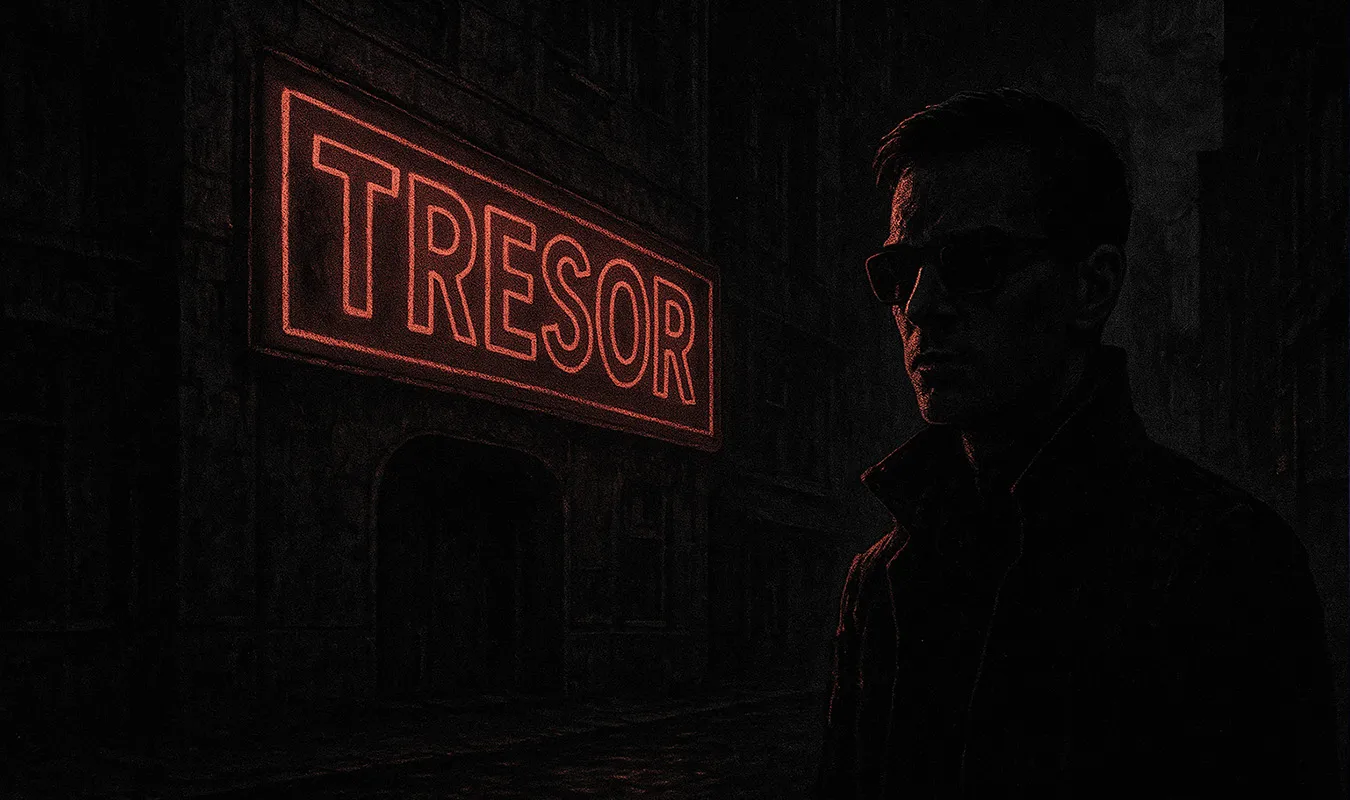
![[Column] Tresor - The techno mecca that changed the world from underground in Berlin](/../assets/images/column-tresor.webp)
